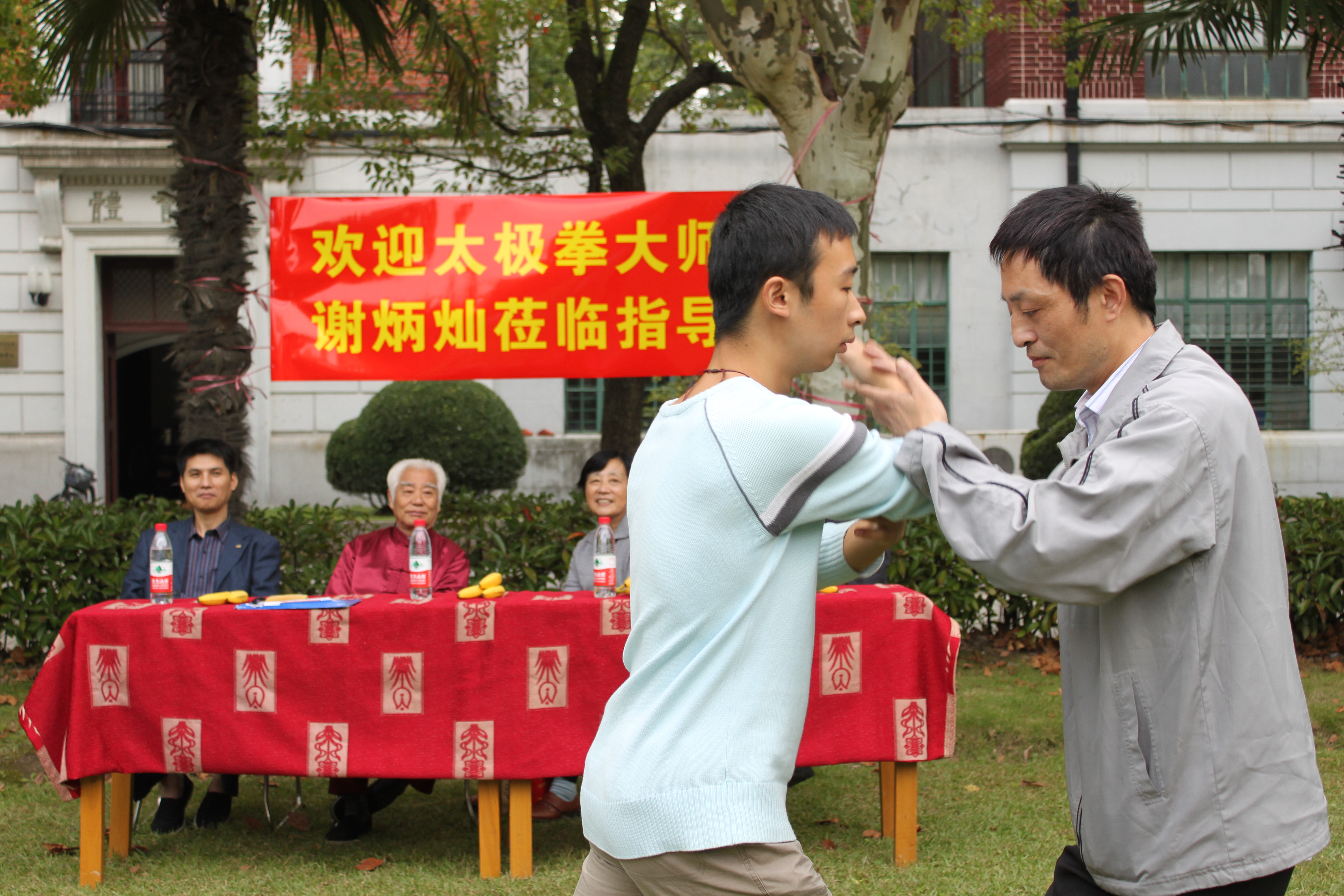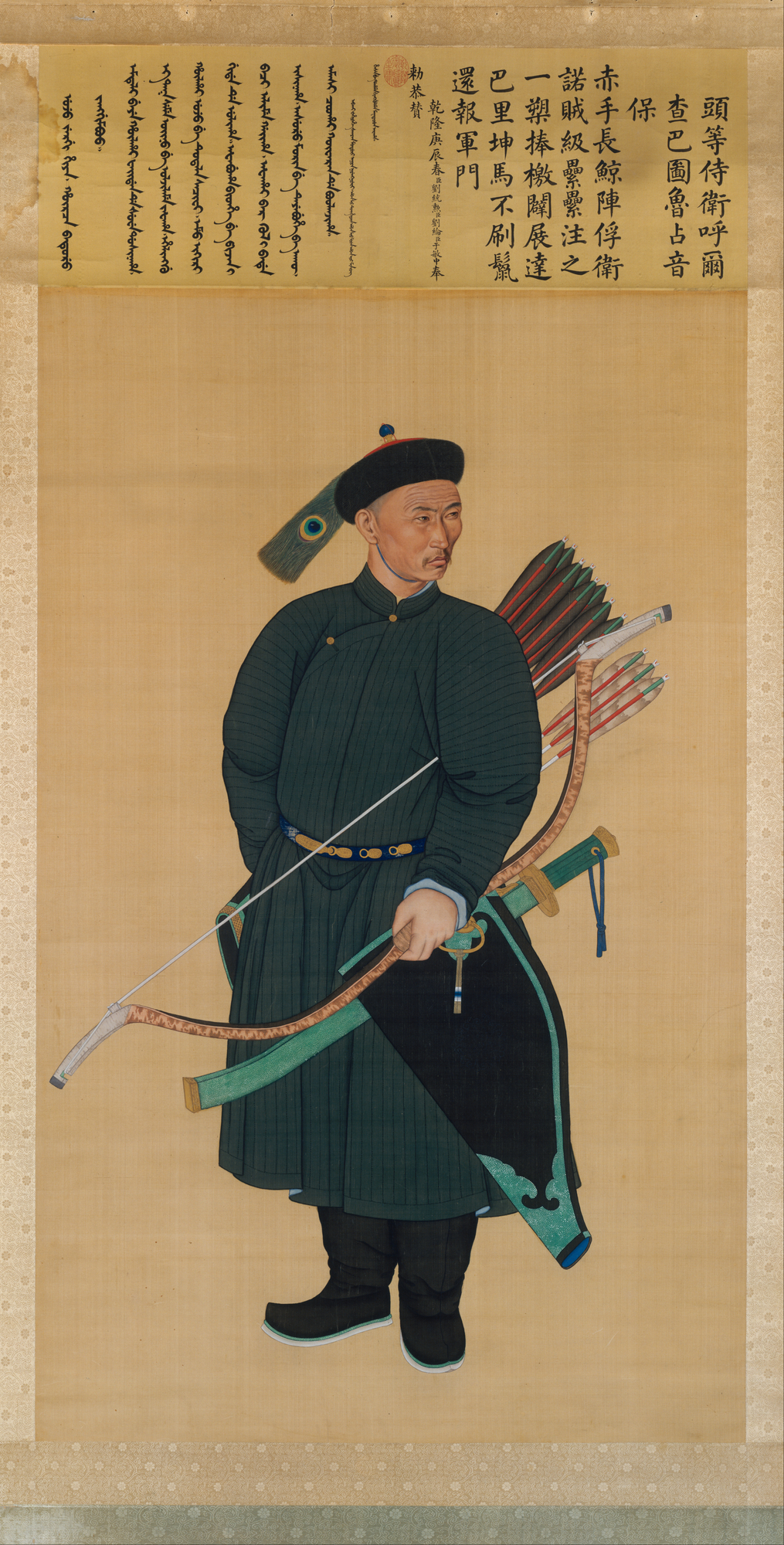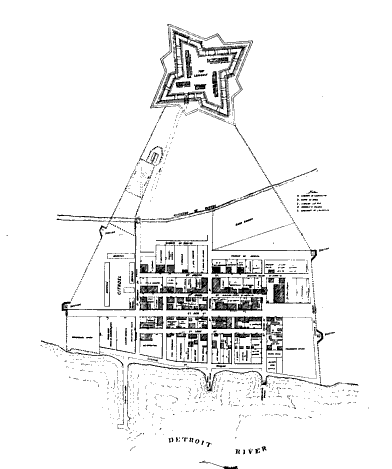|
Wu Ta-hsin
Wu Ta-hsin or Wu Daxin (1933–2005) was a Chinese t'ai chi ch'uan teacher who lived most of his life in Hong Kong. He was the great-grandson Wu-style t'ai chi ch'uan founder Wu Ch'uan-yu and the grandson of the well-known teacher Wu Chien-ch'uan. He directed the Wu family's lineage for four years from the Wu family headquarters in Hong Kong after the death of his cousin Wu Yen-hsia. Biography Born into a Manchu military family known for their contributions towards preserving knowledge of the traditional Chinese martial arts, Wu Ta-hsin endured strict training from his grandfather Wu Chien-ch'uan, uncle Wu Kung-i and father Wu Kung-tsao. He eventually became known as a teacher and for his expertise with the t'ai chi sabre and sword as well as for his qigong and pushing hands skills. When Wu Kung-i moved with his family to Hong Kong in the 1940s, Wu Ta-hsin assisted him in the promotion and teaching of t'ai chi ch'uan. During the 1950s, at the direction of Wu Kung-i, Wu Ta-h ... [...More Info...] [...Related Items...] OR: [Wikipedia] [Google] [Baidu] |
Wu (surname)
''Wú'' is the pinyin transliteration of the Chinese surname 吳 (Simplified Chinese 吴), which is a common surname (family name) in Mainland China. Wú (吳) is the sixth name listed in the Song Dynasty classic ''Hundred Family Surnames''. In 2019 Wu was the ninth most common surname in Mainland China. A 2013 study found that it was the eighth most common surname, shared by 26,800,000 people or 2.000% of the population, with the province having the most being Guangdong. The Cantonese and Hakka transliteration of 吳 is Ng, a syllable made entirely of a nasal consonant while the Min Nan transliteration of 吳 is Ngo, Ngoh, Ngov, Goh, Go, Gouw, depending on the regional variations in Min Nan pronunciation. Shanghainese transliteration of 吳 is Woo. 吳 is also one of the most common surnames in Korea. It is spelled 오 in Hangul and romanized O by the three major romanization systems, but more commonly spelled Oh in South Korea. It is also related far back in Chinese histor ... [...More Info...] [...Related Items...] OR: [Wikipedia] [Google] [Baidu] |
Pushing Hands
Pushing hands, Push hands or tuishou (alternately spelled ''tuei shou'' or ''tuei sho'') is a two-person training routine practiced in internal Chinese martial arts such as Baguazhang, Xingyiquan, Taijiquan (tài jí quán), and Yiquan. It is also played as an international sport akin to Judo, Sumo and wrestling, such as in Taiwan, where the biannual Tai Chi World Cup is held. Overview Pushing hands is said to be the gateway for students to experientially understand the martial aspects of the internal martial arts (內家 nèijiā): leverage, reflex, sensitivity, timing, coordination and positioning. Pushing hands works to undo a person's natural instinct to resist force with force, teaching the body to yield to force and redirect it. Some t'ai chi schools teach push hands to complement the physical conditioning of performing solo routines. Push hands allows students to learn how to respond to external stimuli using techniques from their forms practice. Among other things, tra ... [...More Info...] [...Related Items...] OR: [Wikipedia] [Google] [Baidu] |
Wu Ying-hua
Wu Yinghua (1907–1996) was a famous Chinese teacher of Wu-style t'ai chi ch'uan. She was born in Beijing and died in Shanghai. She was the eldest daughter of Wu Chien-ch'uan, the best known teacher of Wu-style t'ai chi ch'uan. Her older brothers were Wu Kung-i and Wu Kung-tsao. Biography Wu Ying-hua began studying t'ai chi ch'uan at age nine, and by age seventeen, she was a full-time teacher in her father's school. In 1921, she was invited to teach t'ai chi ch'uan in Shanghai. In 1928, her father followed her to Shanghai and she became his teaching assistant. In 1930, she married Ma Yueh-liang who was Wu Chien-ch'uan's senior disciple. In 1935, Wu Chien-ch'uan founded the Chien-ch'uan Tai Chi Chuan Association (鑑泉太極拳社) in Shanghai. Wu Chien-ch'uan died in 1942. After the Cultural Revolution, at about 1980, it became possible to teach t'ai chi ch'uan publicly in China. About this time her brother Wu Kung-tsao was released from prison and moved to Hong Kong. ... [...More Info...] [...Related Items...] OR: [Wikipedia] [Google] [Baidu] |
Wu Chien-ch'üan
Wu Chien-ch'uan or Wu Jianquan (1870–1942) was a famous teacher and founder of the neijia martial art of Wu-style t'ai chi ch'uan in late Imperial and early Republican China. Biography Wu Chien-ch'uan was taught martial arts by his father, Wu Ch'uan-yu, a senior student of Yang Luchan, and Yang Pan-hou. Both Wu Chien-ch'uan and his father were hereditary Manchu cavalry officers of the Yellow Banner as well as the Imperial Guards Brigade, yet the Wu family were to become patriotic supporters of Sun Yat-sen. At the time of the establishment of the Chinese Republic in 1912, China was in turmoil, besieged for many years economically and even militarily by several foreign powers, so Wu Chien-ch'uan and his colleagues Yang Shao-hou, Yang Chengfu and Sun Lu-t'ang promoted the benefits of t'ai chi ch'uan training on a national scale. They subsequently offered classes at the Beijing Physical Culture Research Institute to as many people as possible, starting in 1914. It was the f ... [...More Info...] [...Related Items...] OR: [Wikipedia] [Google] [Baidu] |
Yang Pan-hou
Yang Pan-hou or Yang Banhou (1837–1890) was an influential teacher of t'ai chi ch'uan (taijiquan) in Ch'ing dynasty The Qing dynasty ( ), officially the Great Qing,, was a Manchu-led imperial dynasty of China and the last orthodox dynasty in Chinese history. It emerged from the Later Jin dynasty founded by the Jianzhou Jurchens, a Tungusic-speaki ... China, known for his bellicose temperament. Biography He was the senior son of Yang Luchan to survive to adulthood. Like his father, he was retained as a martial arts instructor by the Chinese Imperial family. He eventually became the formal teacher of Wu Ch'uan-yu (Wu Quanyou), a Manchu Banner cavalry officer of the Palace Battalion. Wu Ch'uan-yu's son, Wu Chien-ch'uan (Wu Jianquan), also a Banner officer, became known as the co-founder (along with his father) of the Wu-style t'ai chi ch'uan. Yang Pan-hou's younger brother Yang Chien-hou was a well known teacher of Yang-style t'ai chi ch'uan as w ... [...More Info...] [...Related Items...] OR: [Wikipedia] [Google] [Baidu] |
Yang Luchan
Yang Lu-ch'an or Yang Luchan, also known as Yang Fu-k'ui or Yang Fukui (1799–1872), was an influential Chinese practitioner and teacher of the internal style t'ai chi ch'uan (taijiquan). He is known as the founder of Yang-style t'ai chi ch'uan, the most popular and widely practised style in the world today. History Yang Lu-ch'an's family was a poor farming/worker class from Hebei Province, Guangping Prefecture, Yongnian County. Yang would follow his father in planting the fields and, as a teenager, held temporary jobs. One period of temporary work was spent doing odd jobs at the Tai He Tang Chinese pharmacy located in the west part of Yongnian City, opened by Chen De Hu of the Chen Village in Henan Province, Huaiqing Prefecture, Wenxian County. As a child, Yang liked martial arts and studied Changquan, gaining a certain level of skill. One day Yang reportedly witnessed one of the partners of the pharmacy utilizing a style of martial art that he had never before seen to easil ... [...More Info...] [...Related Items...] OR: [Wikipedia] [Google] [Baidu] |
Wu Ch'uan-yü
Wu Quanyou (1834–1902), or Wu Ch'uan-yu, was an influential teacher of t'ai chi ch'uan in late Imperial China. His son is credited as the founder of the Wu-style t'ai chi ch'uan. As he was of Manchu descent, and would have been named by his family in Manchu, the name "Wú" (吳) was a sinicisation that approximated the pronunciation of the first syllable of his Manchu clan name, ''U Hala''. Background Wu was a military officer in the Yellow Banner camp (see Qing Dynasty Military) in the Forbidden City, Beijing and also an officer of the Imperial Guards Brigade during the Qing Dynasty. At that time, Yang Luchan (1799–1872) was the martial arts instructor in that banner camp, teaching t'ai chi ch'uan. In the camp, there were many officers studying with Yang Luchan, but only three men, Wan Chun (萬春), Ling Shan (凌山) and Ch'uan Yu (全佑) studied diligently and trained hard enough at t'ai chi ch'uan to become disciples. However, they were unable to become Yang Luchan ... [...More Info...] [...Related Items...] OR: [Wikipedia] [Google] [Baidu] |
Vancouver
Vancouver ( ) is a major city in western Canada, located in the Lower Mainland region of British Columbia. As the most populous city in the province, the 2021 Canadian census recorded 662,248 people in the city, up from 631,486 in 2016. The Greater Vancouver area had a population of 2.6million in 2021, making it the third-largest metropolitan area in Canada. Greater Vancouver, along with the Fraser Valley, comprises the Lower Mainland with a regional population of over 3 million. Vancouver has the highest population density in Canada, with over 5,700 people per square kilometre, and fourth highest in North America (after New York City, San Francisco, and Mexico City). Vancouver is one of the most ethnically and linguistically diverse cities in Canada: 49.3 percent of its residents are not native English speakers, 47.8 percent are native speakers of neither English nor French, and 54.5 percent of residents belong to visible minority groups. It has been consistently rank ... [...More Info...] [...Related Items...] OR: [Wikipedia] [Google] [Baidu] |
Detroit
Detroit ( , ; , ) is the largest city in the U.S. state of Michigan. It is also the largest U.S. city on the United States–Canada border, and the seat of government of Wayne County. The City of Detroit had a population of 639,111 at the 2020 census, making it the 27th-most populous city in the United States. The metropolitan area, known as Metro Detroit, is home to 4.3 million people, making it the second-largest in the Midwest after the Chicago metropolitan area, and the 14th-largest in the United States. Regarded as a major cultural center, Detroit is known for its contributions to music, art, architecture and design, in addition to its historical automotive background. '' Time'' named Detroit as one of the fifty World's Greatest Places of 2022 to explore. Detroit is a major port on the Detroit River, one of the four major straits that connect the Great Lakes system to the Saint Lawrence Seaway. The City of Detroit anchors the second-largest regional econ ... [...More Info...] [...Related Items...] OR: [Wikipedia] [Google] [Baidu] |
Toronto
Toronto ( ; or ) is the capital city of the Provinces and territories of Canada, Canadian province of Ontario. With a recorded population of 2,794,356 in 2021, it is the List of the largest municipalities in Canada by population, most populous city in Canada and the List of North American cities by population, fourth most populous city in North America. The city is the anchor of the Golden Horseshoe, an urban agglomeration of 9,765,188 people (as of 2021) surrounding the western end of Lake Ontario, while the Greater Toronto Area proper had a 2021 population of 6,712,341. Toronto is an international centre of business, finance, arts, sports and culture, and is recognized as one of the most multiculturalism, multicultural and cosmopolitanism, cosmopolitan cities in the world. Indigenous peoples in Canada, Indigenous peoples have travelled through and inhabited the Toronto area, located on a broad sloping plateau interspersed with Toronto ravine system, rivers, deep ravines, ... [...More Info...] [...Related Items...] OR: [Wikipedia] [Google] [Baidu] |
North America
North America is a continent in the Northern Hemisphere and almost entirely within the Western Hemisphere. It is bordered to the north by the Arctic Ocean, to the east by the Atlantic Ocean, to the southeast by South America and the Caribbean Sea, and to the west and south by the Pacific Ocean. Because it is on the North American Plate, North American Tectonic Plate, Greenland is included as a part of North America geographically. North America covers an area of about , about 16.5% of Earth's land area and about 4.8% of its total surface. North America is the third-largest continent by area, following Asia and Africa, and the list of continents and continental subregions by population, fourth by population after Asia, Africa, and Europe. In 2013, its population was estimated at nearly 579 million people in List of sovereign states and dependent territories in North America, 23 independent states, or about 7.5% of the world's population. In Americas (terminology)#Human ge ... [...More Info...] [...Related Items...] OR: [Wikipedia] [Google] [Baidu] |
Singapore
Singapore (), officially the Republic of Singapore, is a sovereign island country and city-state in maritime Southeast Asia. It lies about one degree of latitude () north of the equator, off the southern tip of the Malay Peninsula, bordering the Strait of Malacca to the west, the Singapore Strait to the south, the South China Sea to the east, and the Straits of Johor to the north. The country's territory is composed of one main island, 63 satellite islands and islets, and one outlying islet; the combined area of these has increased by 25% since the country's independence as a result of extensive land reclamation projects. It has the third highest population density in the world. With a multicultural population and recognising the need to respect cultural identities of the major ethnic groups within the nation, Singapore has four official languages: English, Malay, Mandarin, and Tamil. English is the lingua franca and numerous public services are available only ... [...More Info...] [...Related Items...] OR: [Wikipedia] [Google] [Baidu] |





.jpg)